Colorado has a long history of trains and railroads reshaping its land and legacy. Once the Pikes Peak Gold Rush started in 1858, train tracks and stations were built all across the state.
As crises go, this was a biggie. The Union Pacific Railroad decided that the Transcontinental Railroad, being built in the 1860s, was to be routed through Cheyenne. There was a very real possibility that the Colorado Territory would develop into little more than a collection of mining camps.
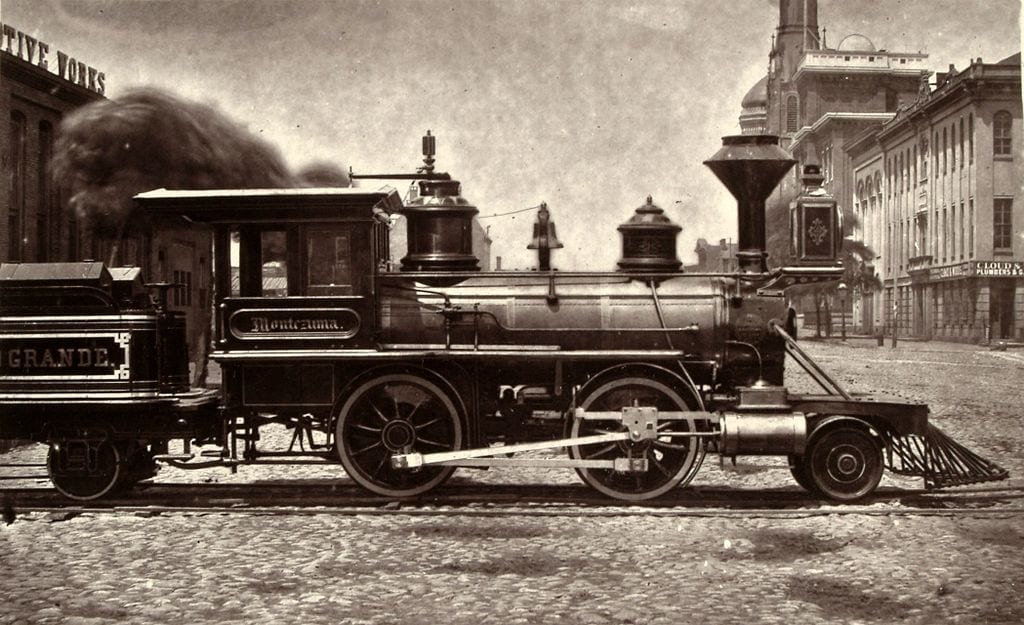
Town leaders in the new territorial capital of Denver City wasted no time. Although the town boasted fewer than 5,000 residents, the new Board of Trade raised $300,000 in three days to build a link 100 miles to the Transcontinental Railroad, and the first trains rolled down the tracks on June 24, 1870. When the 1880 census was taken, the population was over 35,000.
Yes, the railroads had quite a hand in shaping the Colorado that we see today, and their heritage is still on display around the state. You can view all of Colorado’s passenger railroads that are operating today.
Here are some of the biggest train stations in Colorado, in no particular order:
Denver’s Union Station
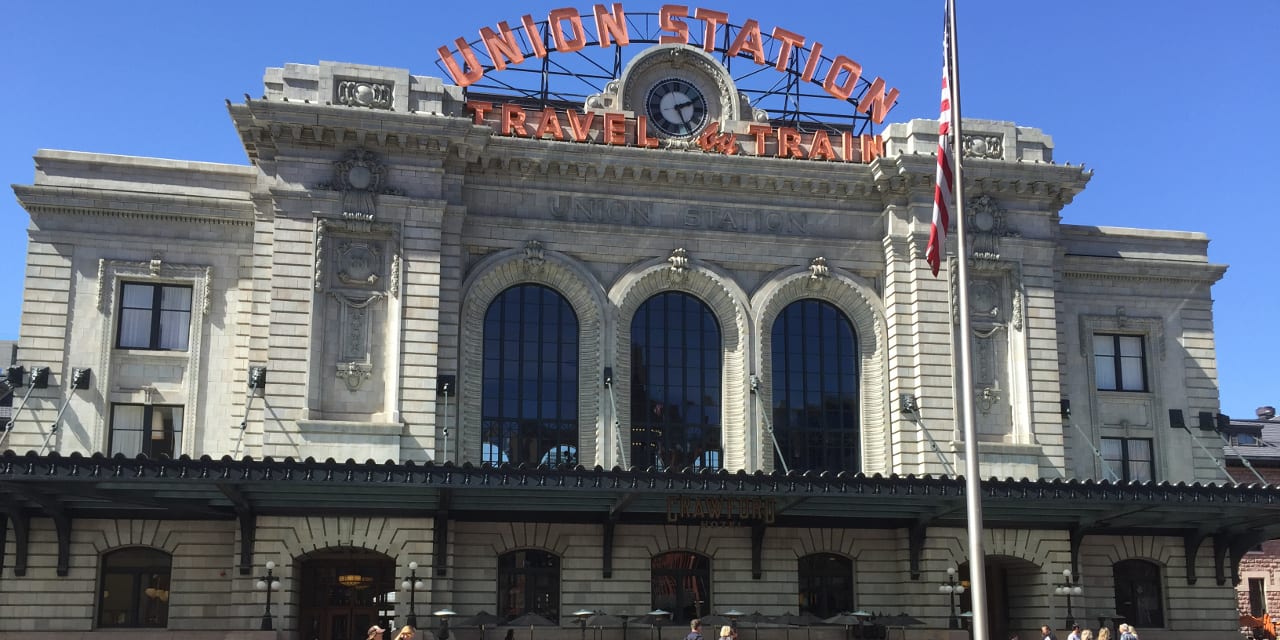
By the 1870s, the Union Pacific Railroad, the Denver & Rio Grande Western Railroad, the Denver, South Park & Pacific Railroad, and the Colorado Central Railroad were all servicing Denver and running their trains into stations in different parts of the town. In 1880, the lines agreed to create one central “Union Station” where passengers could come and board any train. The new depot, sporting a tall central clock tower, opened in May of 1881.
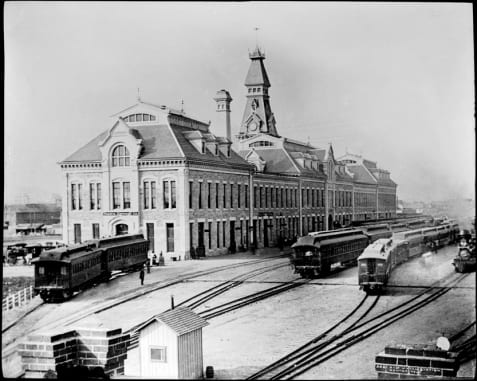
A fire gutted the original Union Station (affiliate link) in 1894, and it was replaced with a larger version worthy of Denver’s emerging status as the Queen City of the Plains. The wings of the station were expanded to be over 1/3-mile long, and its 128-foot tower was the largest structure in Colorado.
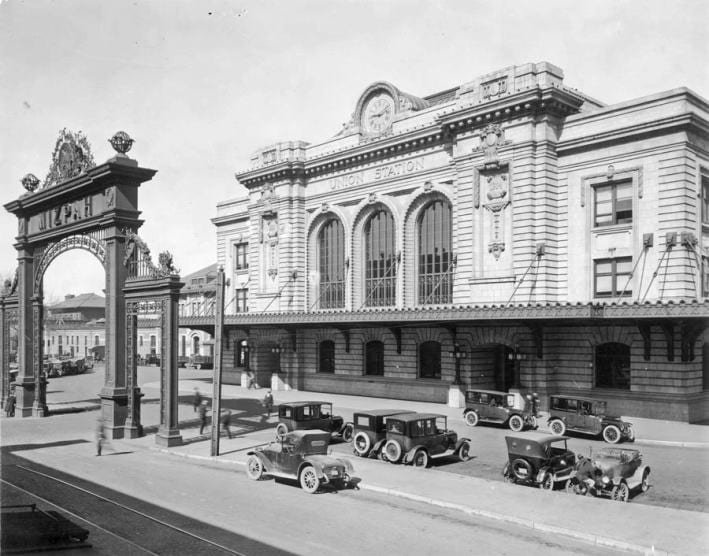
In 1912, the original Union Depot partnership was dissolved, and the six railroads then running into Union Station decided to raze the central portion of the station to handle ever-increasing passenger traffic. The current grand Beaux Arts appearance dates to the 1914 reconstruction. In the glory days of train travel, Union Station handled upwards of 80 trains a day; today, Amtrak’s California Zephyr runs through once a day.
Colorado Springs’ Denver & Rio Grande Depot
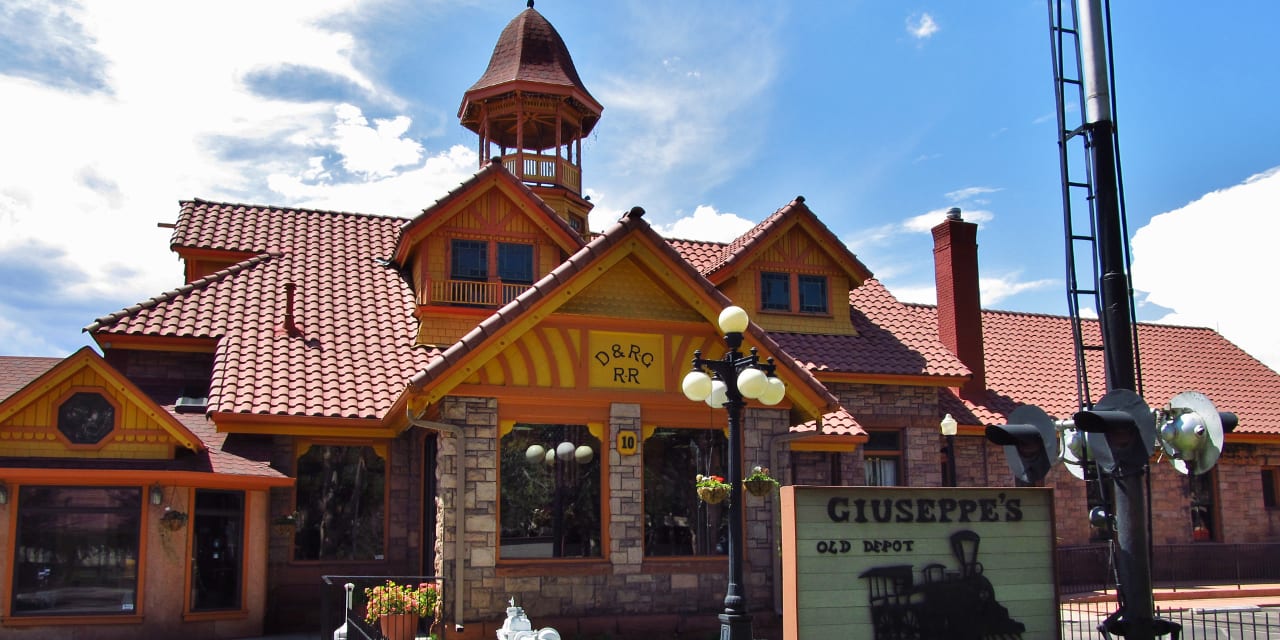
General William Jackson Palmer – the military title was not an honorific but earned during the Civil War, where he was awarded the Congressional Medal of Honor – was a railroad baron who did the legwork in developing Colorado Springs as a resort town. After the spur from the Transcontinental Railroad to Denver was completed, Palmer dreamed of extending the line all the way to Mexico and in 187,0 created the Denver and Rio Grande Railway Company to try just that.
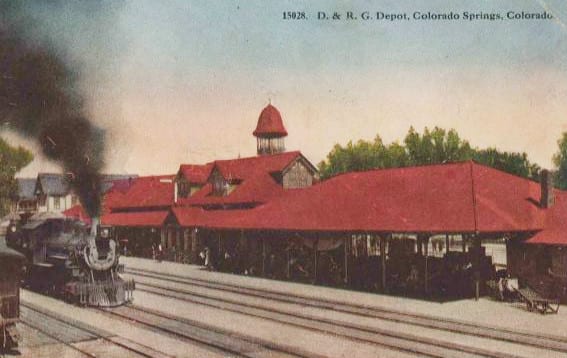
The following year, he gobbled up 10,000 acres of land east of Colorado City and founded Colorado Springs, where the frontier saloons and gambling parlors emblematic of the Old West were banned. Palmer built his road with narrow-gauge tracks that were only 36 inches between rails rather than the standard 50.5 inches. This allowed him better flexibility in the mountainous terrain. The Queen Anne style depot, now the home of restaurants and offices, was constructed in 1887 on plans drawn by Frederick Sterner of Denver and served the line until 1971.
Durango’s D&SNG Depot
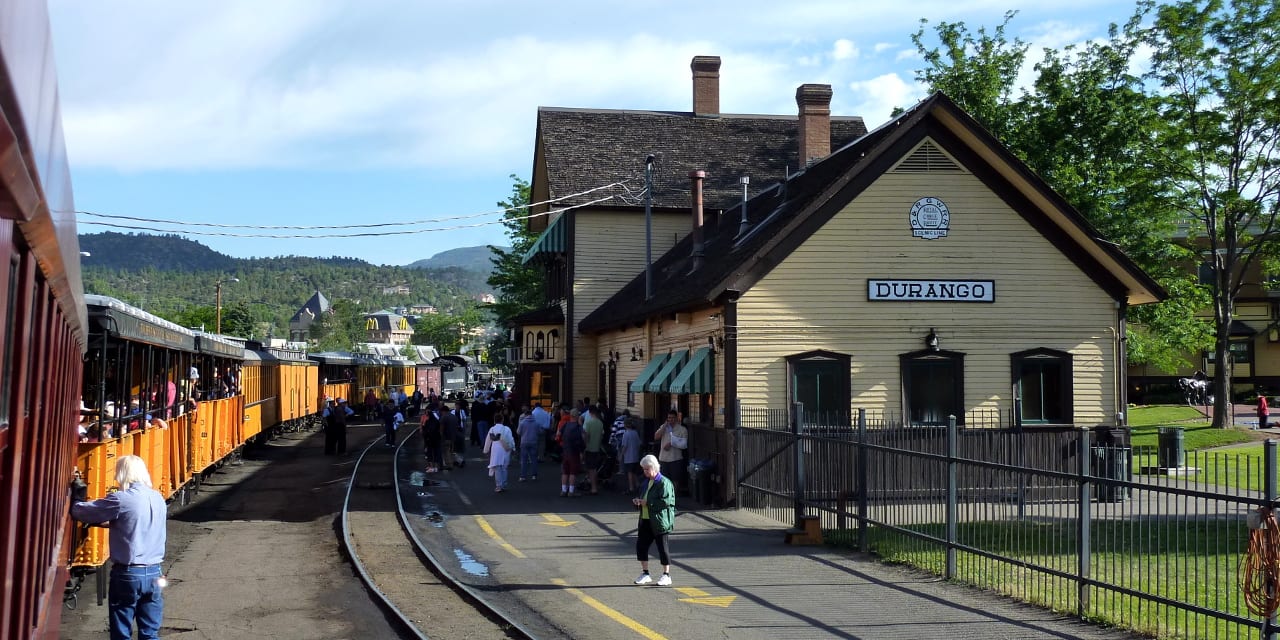
General Palmer’s Denver & Rio Grande Railway was built out to the San Juan Mountains in 1879 to haul silver and gold ore and started the town of Durango. By 1882, a narrow gauge line had been constructed to Silverton, and it wasn’t long before railroad men realized that the view from its trains was worth more than the precious metal ore in their hopper cars.
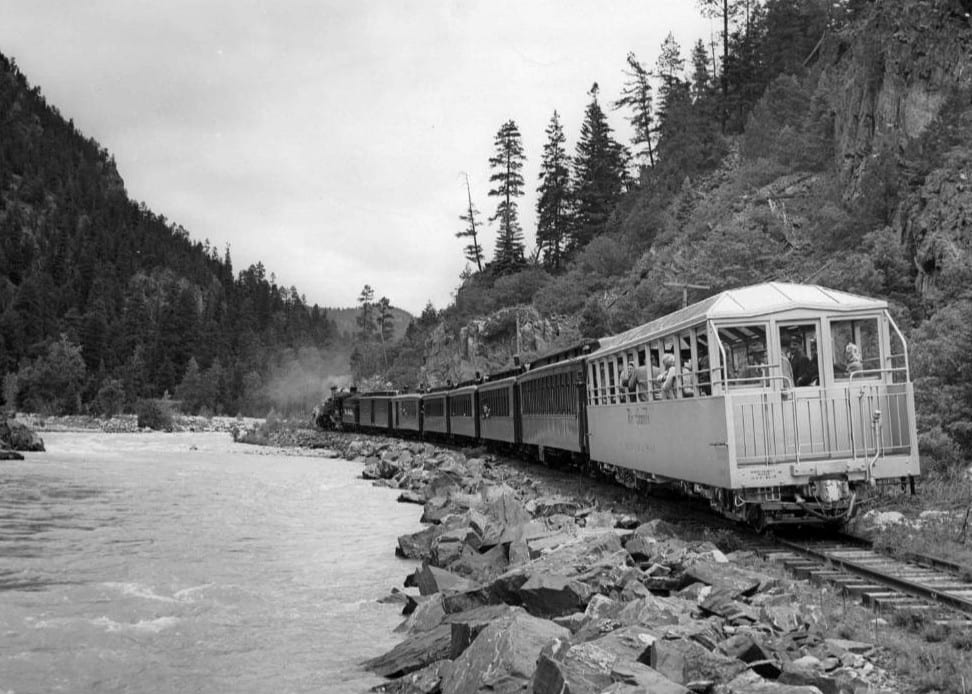
The Durango & Silverton Narrow Gauge Railroad has been running continuously since it was built and has starred in more than 20 Hollywood movies in that time. The vintage steam locomotives pull yesteryear rolling stock from this Victorian depot that has greeted every train going to and from the San Juans since January of 1882.
Cañon City’s Santa Fe Depot
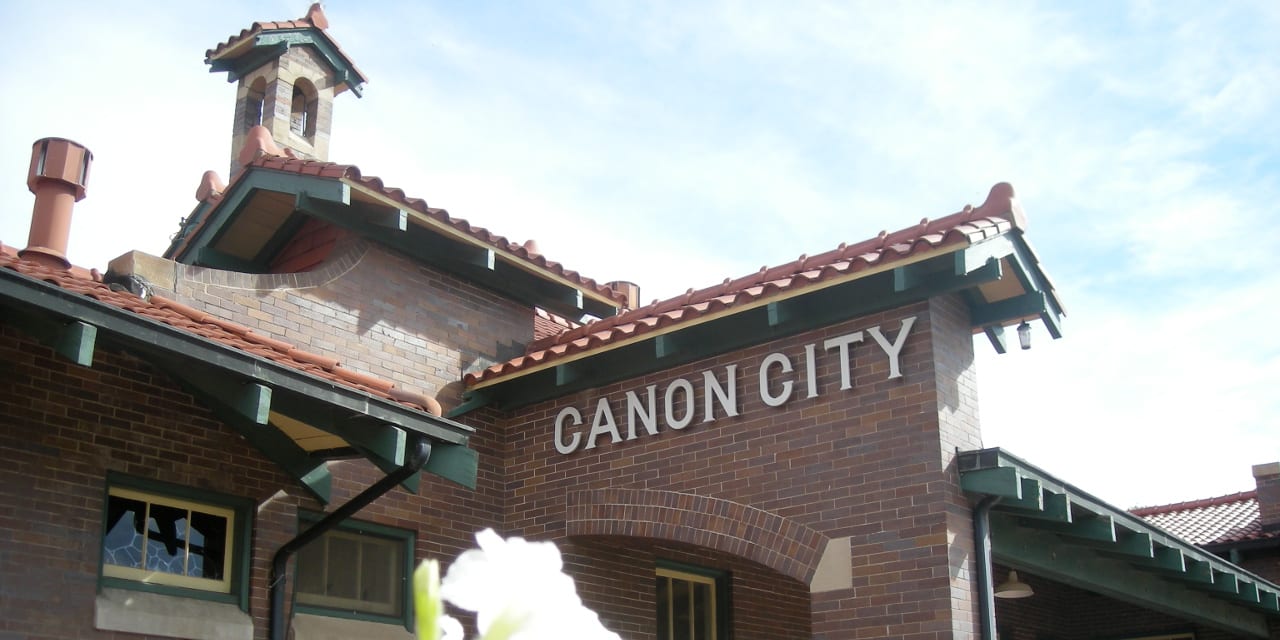
About an hour to the west of Palmer’s sylvan utopia in Colorado Springs lies the Royal Gorge, where cascades of sand-filled Arkansas River water have scraped out a canyon 1,250 feet deep. Cañon City was established here in 1860 to support the Colorado Gold Rush, then taking place at Pikes Peak. Twenty years later, after quickstepping knotty legal issues and formidable engineering obstacles, the Denver and Rio Grande Western Railroad completed a water-level railway through the Royal Gorge.
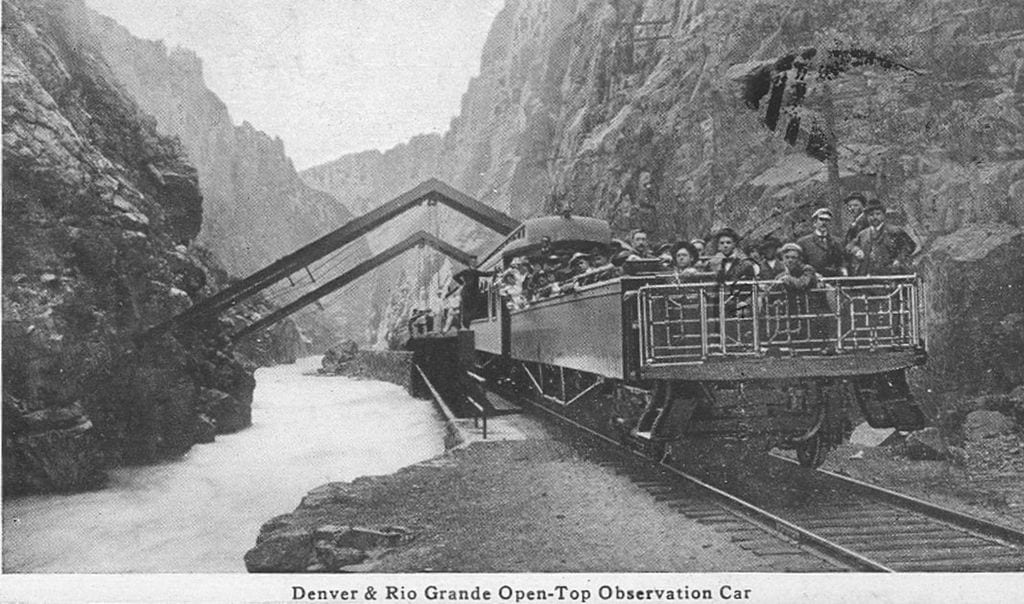
The canyon walls constrict so tightly in places that the tracks are suspended from above by an ingenious hanging bridge. Passenger service shut down in 1967, but the Royal Gorge Route Railroad has since brought back one of the continent’s most breathtaking excursions for two hours in open-air gondolas and glass-domed observation cars. The one-story brick Santa Fe Depot serves as an eatery and ticket office for the tourist railroad.
Over the years, more than 150 railroad companies were chartered in Colorado to carry freight, minerals, and people. Most are long, long gone but far from forgotten. Like this quartet, there are more than 50 railroad depots still scattered around the state that are listed on the National Register of Historic Places.
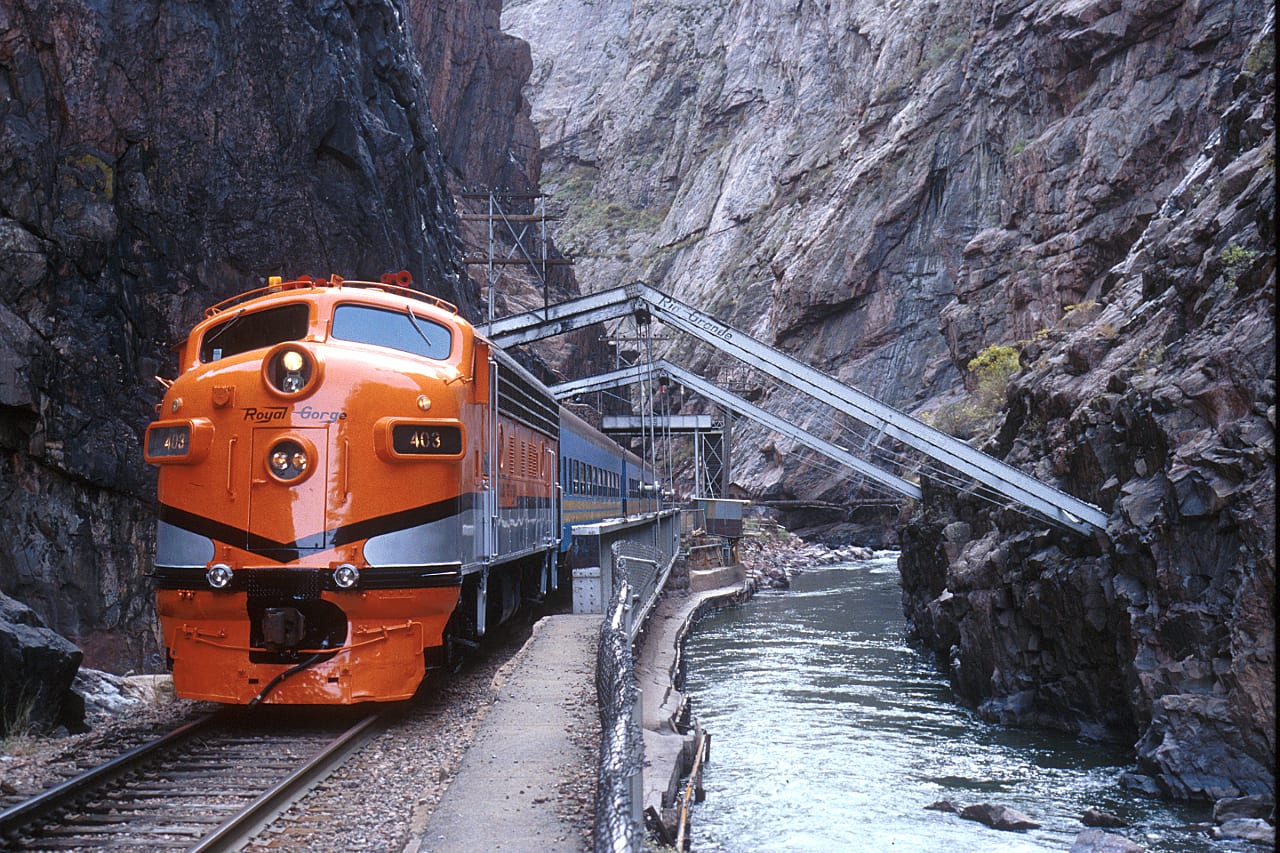
These are just a few of the most popular train depots that you’ll find in the state. Discover even more train stations scattered around the state. Many of them still operate today, and you can board these top train rides in Colorado throughout the summer and some year-round.

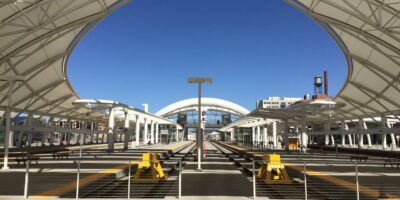
 10 Surprising Facts About Black Canyon of the Gunnison National Park
10 Surprising Facts About Black Canyon of the Gunnison National Park